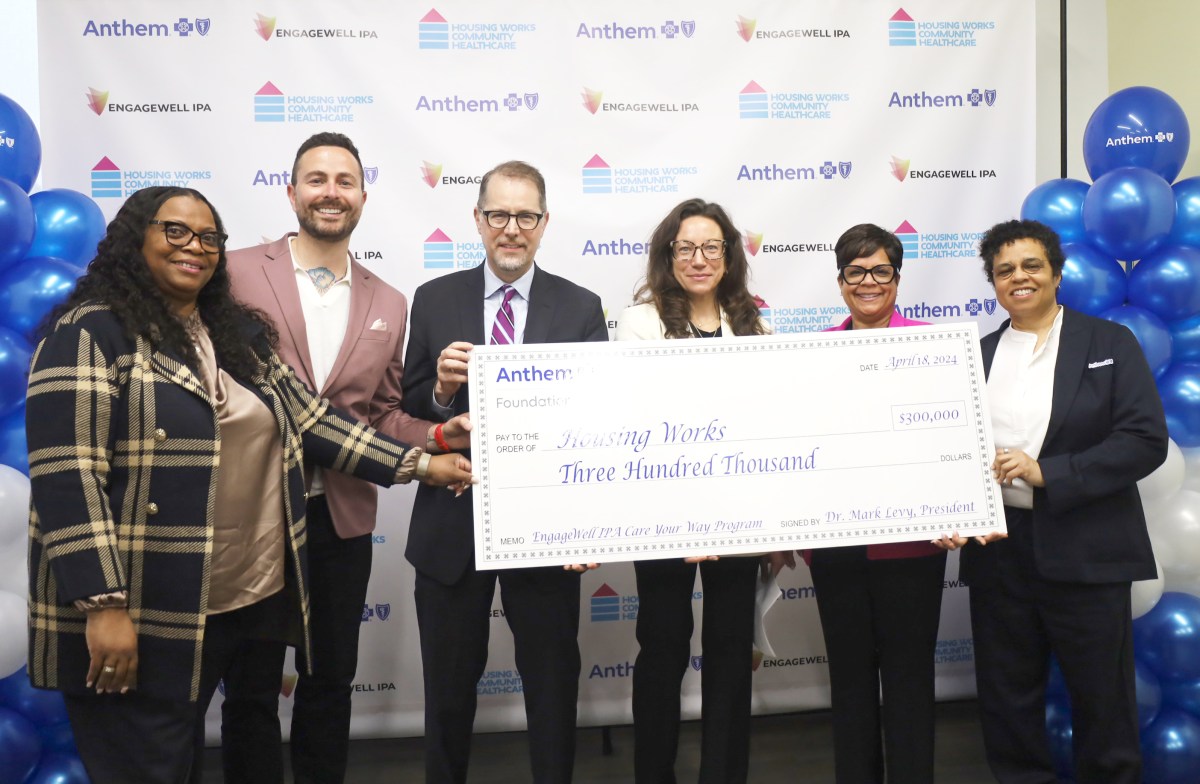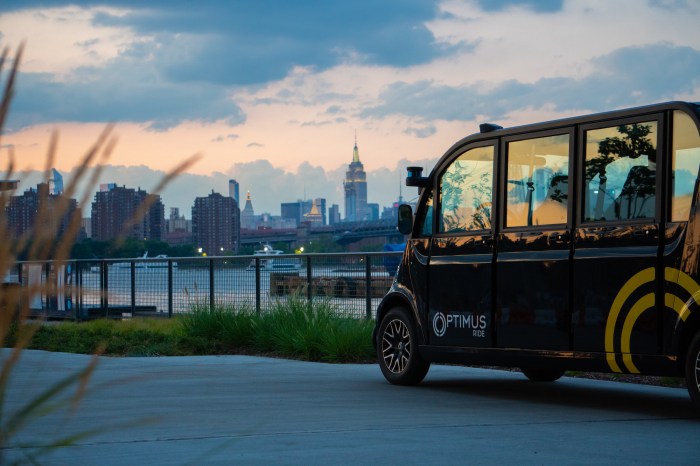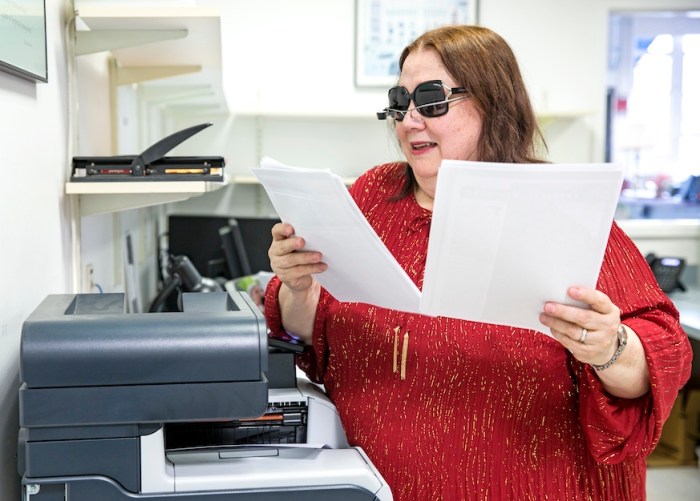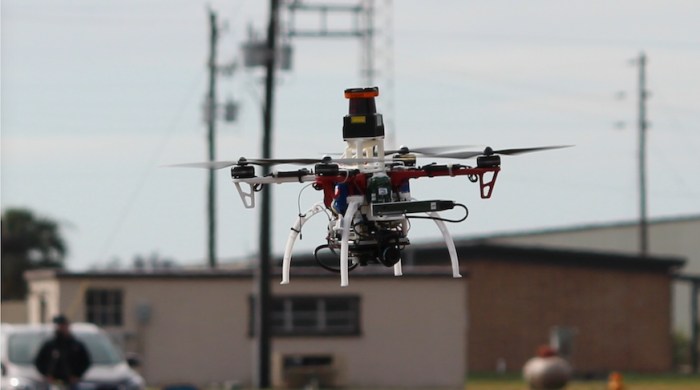This remarkable little robot is designed to give disabled people a helping hand at the dining table. Obi, designed by US-based company Desin, has an arm, with interchangeable spoons, and four separate bowls. The robot is simple to use: one button controls the arms, while the other selects the bowl and dips into the food, before bringing it to the person’s mouth. Scott Stone, Desin’s Vice President Sales & Marketing, explains how Obi gives disabled people back the dignity of feeding themselves. What is the story behind Obi?
Obi is a revolutionary robotic dining device which blends cutting-edge robotics, elegant design, intuitive controls and a friendly personality to give individuals who are fed by others the ability to take control of their meals at home and in public. The first Obi prototype was developed in 2006 by Jon Dekar, a University of Dayton engineering student, who saw the challenges faced by people with disabilities, including his aging grandfather and a 6-year-old girl with Arthrogryposis. Jon saw the problem countless times volunteering in nursing homes, hospitals, and in college. He eventually realized there were millions who couldn’t feed themselves and was inspired to change that. Jon and his father Tom, a retired vice chairman of Deloitte and community leader, founded Desin in 2010. They spent the next six years refining Obi’s design, securing investors, sourcing suppliers, testing prototypes with a diverse group of users and building relationships with key community stakeholders. How does Obi work?
Obi leads a new generation of devices that take advantage of emerging small-scale and sophisticated, yet relatively inexpensive robotic technology to deliver a meaningful lifestyle benefit to consumers. It offers superior core technology, usability and aesthetics, made possible through the relatively recent emergence of small scale, inexpensive and sophisticated robotic technology. The device’s graceful movements are accomplished through six sophisticated motors operating simultaneously in a precise synchronized manner in both time and space. At about 6.5 pounds, Obi is portable and can be easily taken to schools, restaurants and other public places. Obi is powered by a rechargeable battery that offers two to four hours of service, or between four and six meals on a single charge. How can Obi learn the delivery location?
Obi can accommodate a wide range of user positions. It has two buttons for caregivers — one to turn the device on and the other to teach the food delivery locations. In teach mode, the caregiver can move the robotic arm into the proper feeding location. Once you reach the proper location for the user, you simply touch the teach button again and Obi is ready for use, continually delivering food to the user’s mouth. What are the benefits of Obi?
When people first use Obi, they feel astonished and then elated as they realize how the robot will change their lives for the better. Diners are empowered by the independence it provides: how easy it is to use, its elegance and beauty and its ability to restore the social interaction of dining with others. Typically, in a public setting, individuals feel being fed by others highlights their physical challenges. With Obi, that attention is both alleviated and diverted towards Obi’s iconic design. How has Obi changed the lives of people with disabilities?
Obi has already had a huge impact on those using the device. It makes the simple act of eating a meal more dignified and enjoyable for many people with physical challenges.
David Hare, for example, who has ALS, has been using Obi for over a year: “It’s just not an enjoyable experience to have someone feed you, either for the person who’s eating or the person doing the feeding. I can’t describe how much more fun meals are now — both for me and my wife — who has long helped me eat. I know people are passionate about their cellphones and laptops, but it’s nothing compared to the excitement I feel about my Obi. Getting it was literally a life-changing experience.” With Obi, diners have complete control over what they eat, and when they eat it and this is a first for Isaac Wilcox, a 15-year-old Obi diner living with a C4 spinal cord injury. “Finally, I can skip over my vegetables!” -Daniel Casillas

















